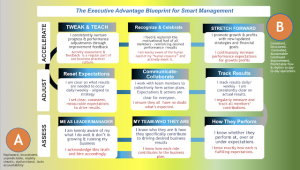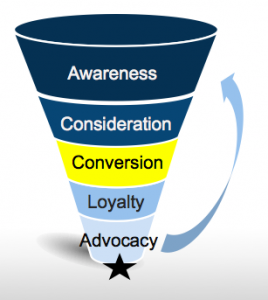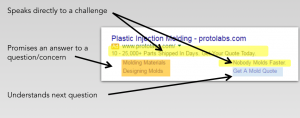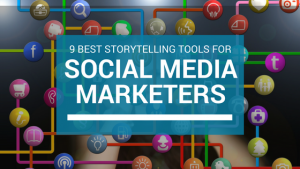
In the last post, we saw how landing pages work in tandem with email marketing to grow an audience base.
We also discussed how landing pages are different from home pages:
- In the audience they serve and
- The objectives they help to achieve
This video that demonstrates how the pages are different:
Landing pages or opt-in pages are tools used to attract visitors who are interested in your content. However, very often, you don’t see too many landing pages on sites that you visit. That is perhaps why, we hear the following:
“But not too many businesses are using landing pages.” and “Are you sure I need one?”
What do you say?
Glad that the question was raised so it can be addressed. And ‘ll let you draw your own conclusion at the end of the post.
“I don’t see many opt in pages or free incentivized giveaways (lead magnets)
You may not see landing pages but they are everywhere.
1. Many businesses use landing pages with opt-in forms
Way back in 1996, Seth Godin taught the importance of permission marketing; that’s requesting for explicit permission before sending valuable follow-up communications to those who value your free giveaways (ebook, free consult or free trial), sometimes referred to as freebies or lead magnets.
Opt-in forms, lead magnets and email marketing, they all work together to offer something of great value to a specific audience group in exchange for the privilege to build a relationship with the audience via a series of emails.
This is with the intention of winning them over for sales further down the road.
Till this day, hundreds of smart marketers and businesses have built (and continue to build) a huge database (with permission) using landing pages.
Companies that offer landing pages templates are sprouting and these include: Unbounce, Lead Pages, Rainmaker to name just a few. We also have business owners and professionals who prefers to design their own landing pages with their designers.
2. Landing pages may not be visible on the main sites, but they are working in the background
For example, this is a landing page, but you won’t see it if you visit the main site.
Not seeing too many landing pages does not follow that these are not used.
Some stream-lined sites may only have 5 or 6 pages and they may have tons of dedicated landing pages and sales pages that work hard for the business behind the scene.
3. The concept of Landing Pages are used in other forms
Another thing to note is that the concept of landing pages have been applied to pop up forms or attention grabbing hello bars.
Pop up forms are forms that pop up from nowhere when you are visiting a page and they specifically ask for your emails. Some people find pop-up forms a little annoying as they appear unexpected and sometimes you are not sure how to close off the box.
Hello bars are more subtle; they are usually across the top of the page, asking for an email address in exchange for some incentives.
Pay attention the next time you visit sites and you’ll see these forms on most web pages of savvy marketers. While they serve the same purpose as landing page, they don’t convert as well because there are other things to distract the visitor.
Having these on a dedicated page (a landing page) removes all distractions and increase the chance of conversion. This infograph shows why this is so.
Lastly the “majority” is not always on the right track
It is a dangerous thing to follow blindly as the majority is not necessarily always doing the right thing.
Early adopters know this very well. By the time a concept is embraced, it is proven to be working and has gone mainstream. That means many people are already using it and you are only just playing catch up.
Trendsetters and early adopters are the minority, refer to Seth Godin’s post here.
Lead magnets and opt-in forms are nothing new. Increasingly, more businesses are starting to see the benefits of using them. But by now, a simple incentive may no be sufficient to be attractive. Trendsetters and early adopters are now using gated sites to grow their following (something for another post).
When too many people are rushing to jump onto the bandwagon, it is time to re-evaluate the situation. Much like the case of the trading in the stock market (no, I don’t trade on the stock market).
Consider yourself fortunate to have this knowledge
So if you think not too many businesses are using email marketing right today, then consider yourself fortunate to have this knowledge. You are now ahead of the many others – provided you implement what you know.
There us not a short cut. email marketing does not provide instantaneous results for those looking for quick results. It takes time to build your database and your online authority. Permission marketing and landing pages are for those interested in building long term sustainable business
Your thoughts?
If you have another question, just send those in as well and we can discuss it together.
Digital & Social Articles on Business 2 Community(152)
Report Post





